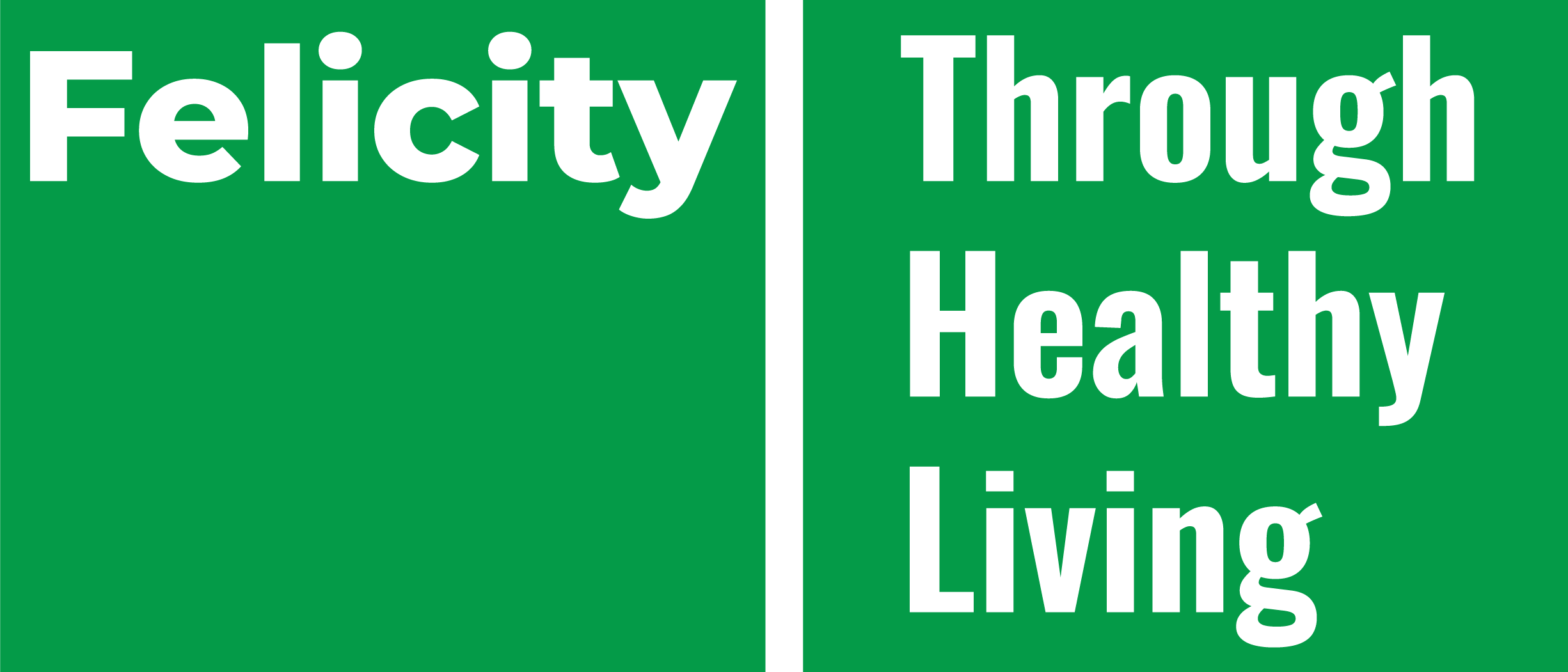The Beginner’s Guide to Intuitive Eating: Science-Backed Food Freedom
The Beginner’s Guide to Intuitive Eating: Science-Backed Food Freedom The Beginner’s Guide to Intuitive Eating: Science-Backed…
The Beginner’s Guide to Intuitive Eating: Science-Backed Food Freedom
Transform your relationship with food using 10 proven principles + practical 30-day action plan
Picture this: You’re standing in your kitchen at 7 AM, staring at a bowl of cereal, paralyzed by whether you “should” eat it. You calculate the carbs, worry about the sugar, wonder if you should have eggs instead. By the time you decide, you’re stressed, guilty, and late for work.
Sound familiar?
If you’ve ever felt like food controls your life instead of nourishing it, you’re not alone. Millions of people are trapped in diet culture—a system that profits from keeping you disconnected from your body’s natural wisdom.
But here’s what I’ve learned after guiding hundreds of clients to food freedom: Your body already knows how to eat. You just need to remember how to listen.
🎯 What You’ll Learn in This Guide
- What intuitive eating actually is (and what it’s NOT)
- Why 95% of diets fail—and what works instead
- The 10 science-backed principles that create lasting change
- Your 30-day action plan to start today
- How to overcome the biggest challenges (weight concerns, family pressure, emotional eating)
- Free tools to support your journey to food freedom
What Is Intuitive Eating? (The Anti-Diet Revolution)
Intuitive eating is an evidence-based approach that teaches you to trust your body’s hunger and fullness signals instead of following external diet rules. Created by dietitians Evelyn Tribole and Elyse Resch in 1995, it’s been validated by over 100 research studies showing improvements in both physical and mental health.
But let me be crystal clear about what intuitive eating is NOT:
❌ It’s NOT eating whatever you want, whenever you want
❌ It’s NOT giving up on health or nutrition
❌ It’s NOT a weight loss plan in disguise
❌ It’s NOT just “mindful eating” with a different name
Instead, intuitive eating is:
✅ A return to your body’s natural eating wisdom
✅ Freedom from food guilt and diet obsession
✅ A sustainable approach to health and well-being
✅ The ultimate rebellion against diet culture
The Science Behind Why It Works
When you were born, you were a perfect intuitive eater. You cried when hungry, ate until satisfied, then stopped. No calorie counting required.
Diet culture systematically destroys this natural ability. When you restrict food, your brain releases neuropeptide Y, triggering intense cravings. Your body interprets dieting as famine, slowing metabolism and increasing food obsession.
Research consistently shows that people who practice intuitive eating experience:
- 23% improvement in body satisfaction
- 18% increase in self-esteem
- 31% reduction in disordered eating behaviors
- Better cardiovascular health markers
- Lower rates of depression and anxiety
“Your body is not broken. Diet culture is.”
🎯 Try This: Interactive Hunger-Fullness Scale
Before we dive deeper, let’s practice the foundation of intuitive eating. Use this scale to check in with your body right now:
Comfortable (5)
Stuffed (10)
Neutral (5)
You’re neither hungry nor full. This is a great time to check in with what your body might need.
Take a moment to notice any physical sensations in your body. Are there any subtle hunger cues you might have missed?
Why Diets Keep Failing You (And It’s Not Your Fault)
Here’s the truth the diet industry doesn’t want you to know: Diets fail 95% of the time. Not because you lack willpower, but because they’re designed to fail.
The Biology of Diet Failure
Your body has a genetically determined weight range called your “set point.” When you diet below this range, your body fights back with:
- Metabolic slowdown: Your body burns fewer calories to conserve energy
- Increased hunger hormones: Ghrelin levels spike, making you constantly think about food
- Decreased fullness signals: It takes more food to feel satisfied
- Enhanced food reward sensitivity: “Forbidden” foods become irresistibly appealing
This isn’t weakness—it’s survival. Your body doesn’t know you’re dieting by choice. It thinks you’re starving.
The Psychology of Restriction
Every diet creates a scarcity mindset. When foods are “off-limits,” your brain becomes obsessed with them. Studies show that just thinking about restriction increases cortisol (stress hormone) levels.
The result? The infamous diet-binge cycle:
Restriction → Intense cravings → “Willpower” failure → Binge eating → Guilt and shame → More restriction
I’ve seen this cycle destroy relationships, careers, and mental health. But here’s the beautiful truth: There’s another way.
Get Your Free Intuitive Eating Starter Toolkit
Everything you need to begin your journey to food freedom:
- ✓ Interactive Hunger-Fullness Scale Guide
- ✓ 30-Day Action Plan Checklist
- ✓ Principle Quick-Reference Cards
- ✓ Challenge Troubleshooting Worksheets
- ✓ Private Community Access
No spam, ever. Unsubscribe anytime. Trusted by 12,000+ people on their food freedom journey.
The 10 Principles of Intuitive Eating (Made Simple)
These aren’t rules to follow perfectly—they’re guideposts for rediscovering your body’s wisdom. Take your time with each one. There’s no rush, no timeline, no “right” way to do this.
Principles 1-3: Foundation Building
Principle 1: Reject the Diet Mentality
This is your declaration of independence from diet culture. It means throwing out the scale, unfollowing diet accounts on social media, and releasing the fantasy that the next diet will be different.
What this looks like:
- Delete calorie counting apps
- Donate diet books and magazines
- Unfollow social media accounts that promote weight loss
- Challenge diet talk when you hear it
Reality check: This might feel scary. That’s normal. Diet culture has convinced you that without rules, you’ll lose control. Trust me—the opposite is true.
Principle 2: Honor Your Hunger
Hunger isn’t your enemy—it’s your body’s way of asking for fuel. Learning to recognize and respond to hunger sets the foundation for trusting your body again.
Hunger signals to notice:
- Stomach rumbling or growling
- Difficulty concentrating
- Feeling tired or irritable
- Thinking about food more frequently
- Physical weakness or shakiness
Start here: Use the hunger scale before meals. Aim to eat when you’re at a 3-4 (comfortable hunger) rather than waiting until you’re starving (1-2).
Principle 3: Make Peace with Food
Give yourself unconditional permission to eat. Yes, that includes pizza, cookies, and whatever you’ve labeled “bad.” This isn’t giving up on health—it’s the path to it.
Why this works: When you truly know you can have any food anytime, the intense cravings diminish. Forbidden fruit loses its power when it’s no longer forbidden.
Try this experiment: Choose one “forbidden” food. Keep it easily available for a week. Notice how your desire for it changes when scarcity isn’t a factor.
Principles 4-6: Developing Awareness
Principle 4: Challenge the Food Police
That voice in your head saying you’re “good” for eating salad and “bad” for eating cake? That’s the food police, and it’s time to fire them.
Common food police thoughts:
- “I shouldn’t eat this”
- “I’ll start being good tomorrow”
- “I already messed up today”
- “I don’t deserve this food”
Challenge with: “Food is morally neutral. I deserve nourishment. There are no perfect eating days.”
Principle 5: Discover the Satisfaction Factor
Satisfaction is the secret sauce of intuitive eating. When you eat what you actually want in a pleasant environment, you feel naturally satisfied with less food.
Questions to ask yourself:
- What flavors am I craving right now?
- Do I want something warm or cold?
- Am I in the mood for something crunchy or smooth?
- What would taste really good right now?
Remember: Satisfaction isn’t selfish—it’s practical. Unsatisfied eating leads to continued searching for “the thing” that will hit the spot.
Principle 6: Feel Your Fullness
Just as your body sends hunger signals, it also tells you when you’ve had enough. Learning to recognize comfortable fullness takes practice, especially after years of ignoring these cues.


